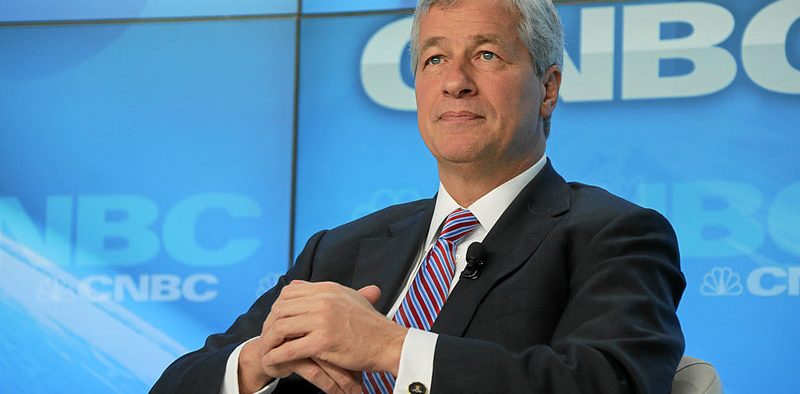CEO Pay Has Soared 1000% Since 1978, According to New Study

“CEOs are getting more because of their power to set pay, not because they are increasing productivity or possess specific, high-demand skills.”
A new study from the Economic Policy Institute (EPI) found that average CEO pay for the U.S.’s biggest 350 companies grew by 1,007.5% between 1978 and 2018, while median worker pay only grew by 11.9% when adjusted for inflation.
The study’s authors, Lawrence Mishel and Julia Wolfe, reject arguments that CEO pay is reflective of productivity or job performance, arguing it instead reflects systemic failures in our economic system that carry tremendous consequences for broader society.
“Exorbitant CEO pay is a major contributor to rising inequality that we could safely do away with,” the authors wrote. “CEOs are getting more because of their power to set pay, not because they are increasing productivity or possess specific, high-demand skills. The economy would suffer no harm if CEOs were paid less.”
CEO pay is determined by the company’s board of directors, who critics say are incentivized to set exorbitant pay packages. As Citizen Truth wrote in an earlier report on CEO-worker pay disparity:
“Steven Clifford, who spent 13 years as a CEO, explains in his book The CEO Pay Machine how the board is often composed of the executive’s friends, who have no corporate governance to prevent them from rewarding lavish compensation packages. According to Clifford, being a board member is a cushy job of around 150 hours of work a year, and the average director pay in the Fortune 500 is around $250,000 a year.”
CEOs of the top 350 companies made 278 times the salary of their average workers, with annual compensation packages averaging $17.2 million, according to the study.
Critics note that CEOs like Sears’ Eddie Lampert, or the leaders of the too-big-to-fail banks that wouldn’t have survived the Great Recession without state intervention, received massive bonuses and pay packages despite leading their companies to failure, countering the argument that CEO pay is tied to quality of leadership.
Extreme CEO Pay Contributes To Extreme Inequality
Tom Streithorst of Evonomics, argues that the supply-side, or “trickle down” economic policies of the last four decades – such as union-busting, tax cuts on the rich, and financial deregulation – have contributed to severe inequality and stagnant median wages for most of the population:
“During the post-war Golden Age, from 1950 to 1973, U.S. median real wages more than doubled. Today, they are lower than they were when Jimmy Carter was President. If you want an explanation why Americans are pessimistic about their future, that is as good a reason as any.”
Inequality is at its worst level since before the Great Depression, with the richest .1% of the population owning roughly as much wealth as the bottom 90%.
Even billionaires like hedge fund executive Ray Dalio and JP Morgan CEO Jamie Dimon have recently warned that wealth inequality is tearing the fabric of American society. As the economist Karl Polanyi explained, extreme inequality historically increases populist discontent and erodes societal trust, and eventually threatens democratic stability.
Extreme wealth concentration also hurts economic growth, because rich people spend less of their money than lower socioeconomic brackets. As Steve Roth of Evonomics wrote, in periods of more equitable growth, such as the 1950s and 1960s, workers fuel the economic engine by using their extra income for consumer demand. Roth points out that the “last time economic growth broke 5% was in 1984,” just as supply-side economic theory was taking hold.
The EPI report advocates major tax hikes on the richest Americans and greater labor representation on company boards to counter these trends:
“Some observers argue that exorbitant CEO compensation is merely a symbolic issue, with no consequences for the vast majority of workers,” the report said. “However, the escalation of CEO compensation, and of executive compensation more generally, has fueled the growth of top 1.0 percent and top 0.1 percent incomes, generating widespread inequality.”










The progeny will find that inherited gold bars will not buy a loaf of bread.